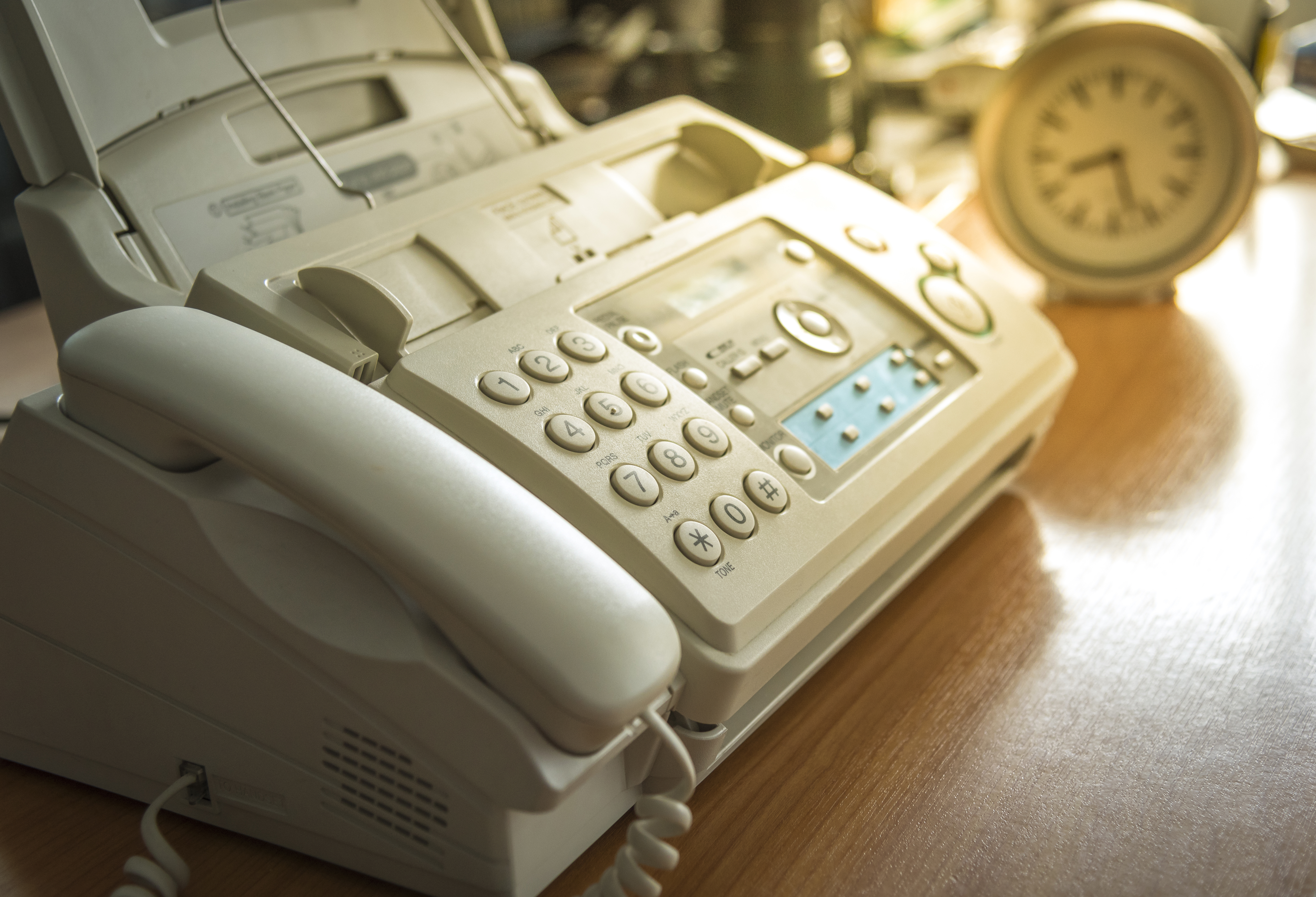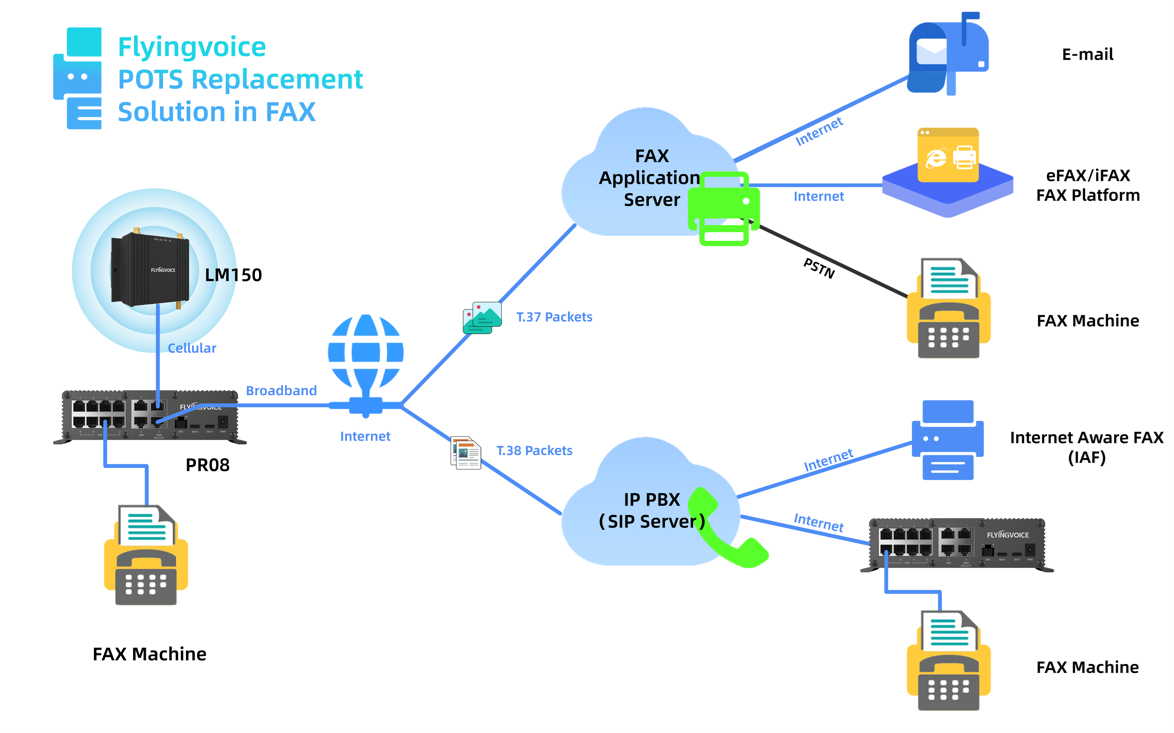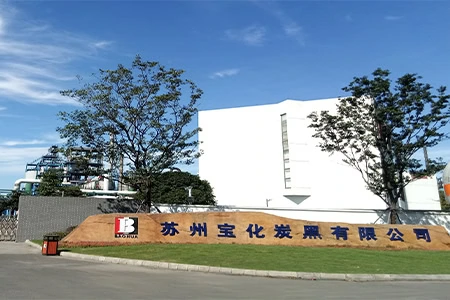How does a FAX machine work?
A fax machine operates by scanning a document and converting it into binary data, the fax machine then transmits this data over a telephone line using a modem. The modem modulates the binary data into audible tones – a process similar to how dial-up internet used to work. These tones are then sent over the phone line to the receiving fax machine. On the receiving end, another modem ‘demodulates’ these tones back into binary data.
In the past, FAX was highly reliant on POTS, it operated on analog signals that aligned seamlessly with the way fax machines encode and transmit image data as audible tones. It provided low-latency and relatively noise-free communication, critical for the accuracy of fax transmissions. Compared to early digital communication methods, POTS was more stable and less prone to disruption, ensuring faxes reached their destination intact.

Challenges for FAX over Internet
POTS is one-hundred years old technology and POTS lines are phasing out today. FCC Order 19-72A1 has marked the end-of-life for traditional analog POTS line systems. Telecom providers like AT&T, and Verizon has stated that they will start discontinuing service in some areas, which finally led to rising costs and longer maintenance time. Nowadays, FAX is still widely applied for Medical and Business, it is nearly the only way to conduct valid and legal file transfers remotely.
Every coin has two sides, one advantage of VoIP is compression. You can combine data, voice, and video, broken into packets, over an SIP network in compressed form — to save bandwidth and, usually, maintain acceptable quality.
However, FAX cannot be compressed because it distorts the signal from the fax machine so that it can’t be understood. With G.711 coding reserves high-quality audio but require more bandwidth. Faxing in general is rather time sensitive, the digital data contained in fax transmissions can be affected by things like packet loss, jitter, and latency. Absolutely G.711 fax passthrough is not the best choice because of no measure for redundancy with G.711. Even packet loss below 1% can kill an entire fax transmission.
FAX T.38 is a "real-time" protocol
In regular ATA features, Vola hardware supports two typical FAX communication protocols - T.30 and T.38. T.30 is the standard that defines how traditional fax machines communicate over the Public Switched Telephone Network (PSTN).
T.38 was introduced to enable reliable fax communication over IP networks, addressing the challenges of transmitting traditional T.30 fax signals over VoIP or other packet-switched networks. T.38 transmits fax data in real-time, it converts the analog signals generated by T.30 into digital packets suitable for IP transmission and vice versa. But it required both end-deployed T.38-capable gateways or adapters.
Tests using fax passthrough showed that even packet loss below 1% can result in unreliable fax transmissions, whereas T.38 with full redundancy demonstrated it can tolerate packet loss levels over 10%.

FAX T.37: store-and-forward
T.37 is a "store-and-forward" protocol, FAX from the fax machine will first be processed to a TIFF image, and then turn into IP packets. In this way, the completeness of FAX can be retained well. With the FAX application server, sending and receiving will be as easy as when it's on the old POTS. You no longer need to send and receive FAX through emails, keep the traditional FAX sending and receiving operation, and users do not need to change their operating habits.
The FAX application server can process your FAX and deliver them by E-mail, FAX platform, or legacy fax machine correctly. The server also provides great security and reliability to deal with bad network situations.

Flyingvoice Hardware Support T.30/T.37/T.38
Currently, Flyingvoice POTS series products all support T.37 & T.38. Just connect your legacy fax machine to the FXS port to Flyingvoice ATA gateway, the path between the fax machine and ATA gateway is talking by T.30 protocol. Flyingvoice offers more flexible technology on the path from ATA gateway to remote endpoint (FAX platform or legacy fax machines).













 Back to list
Back to list









